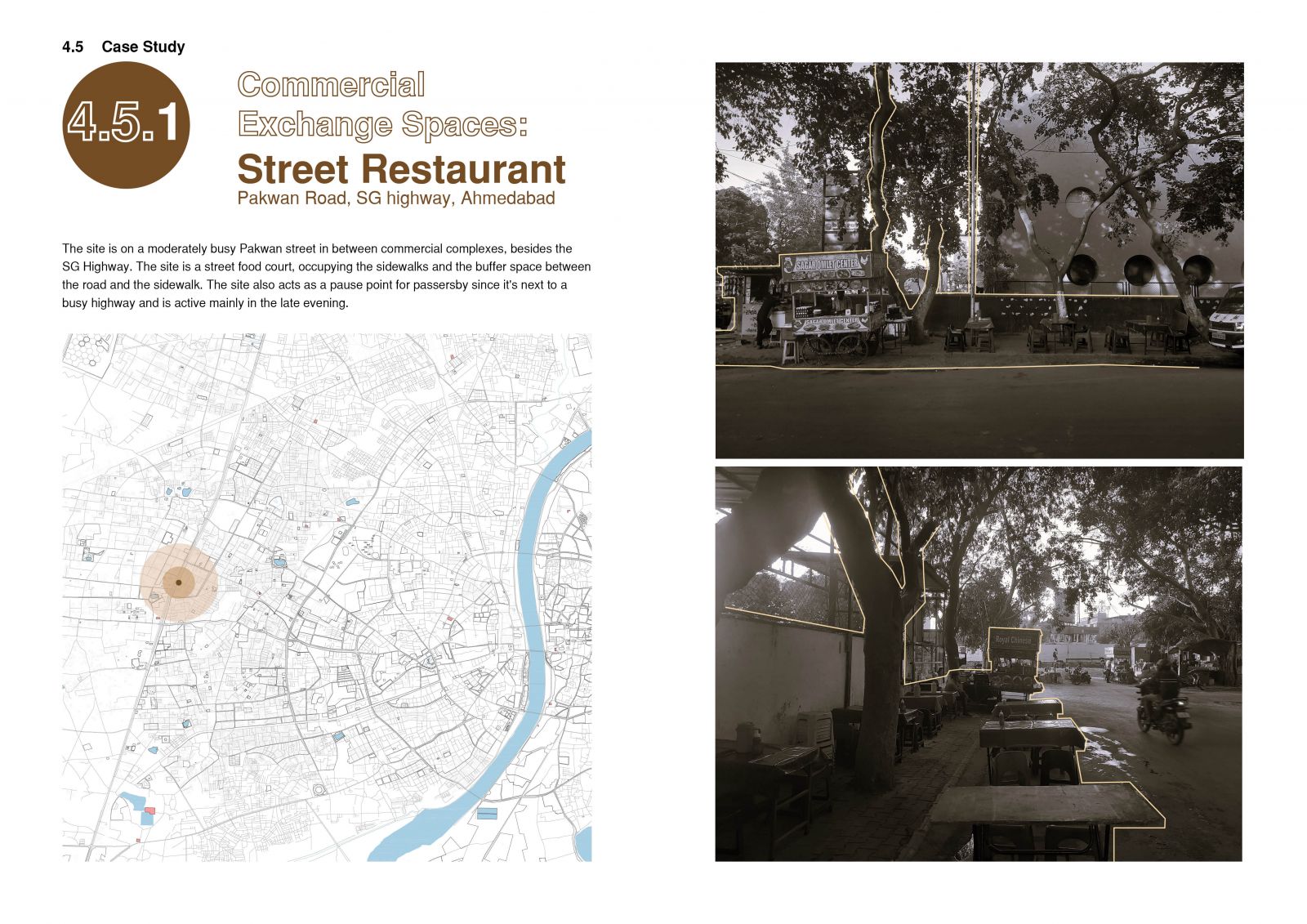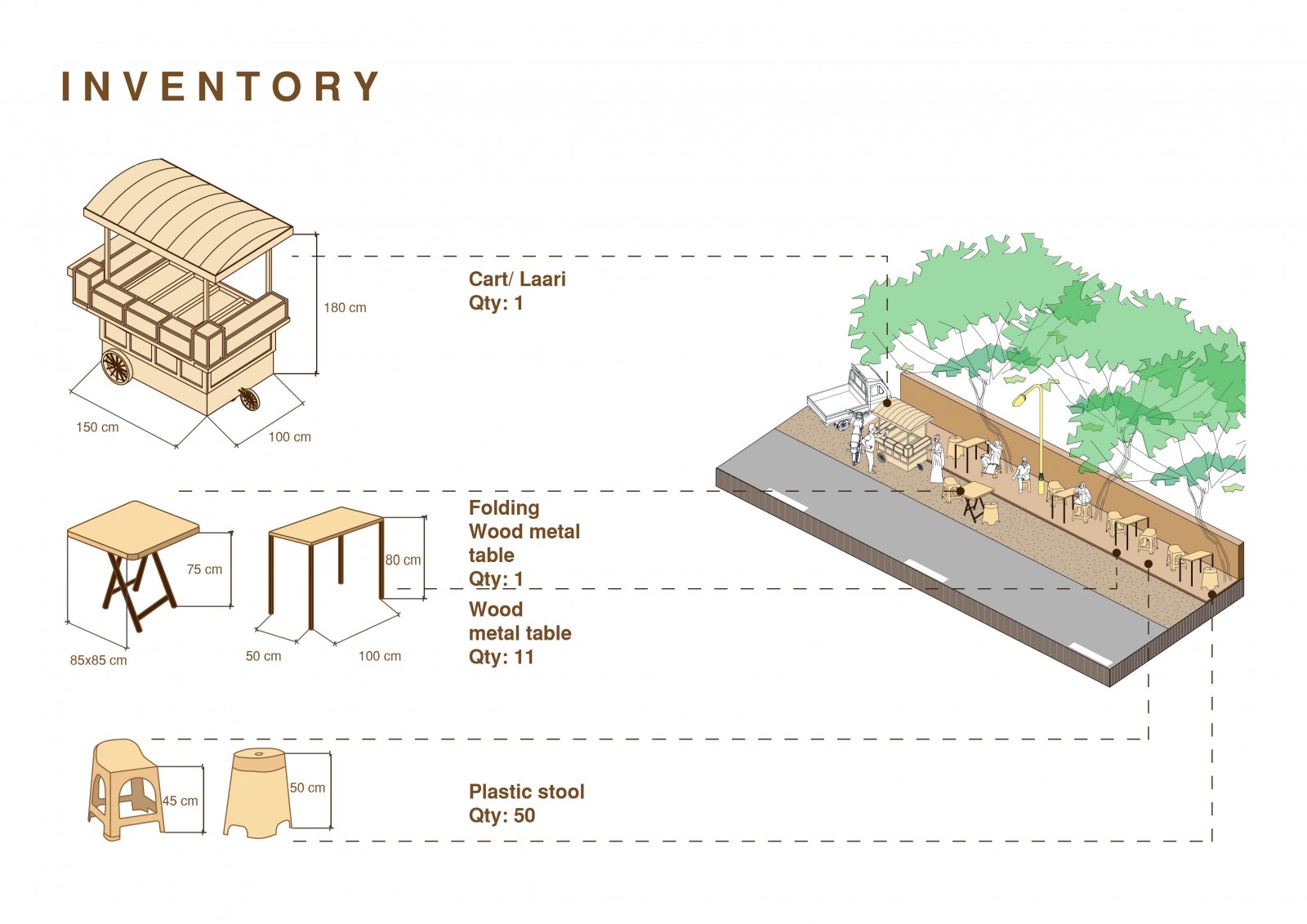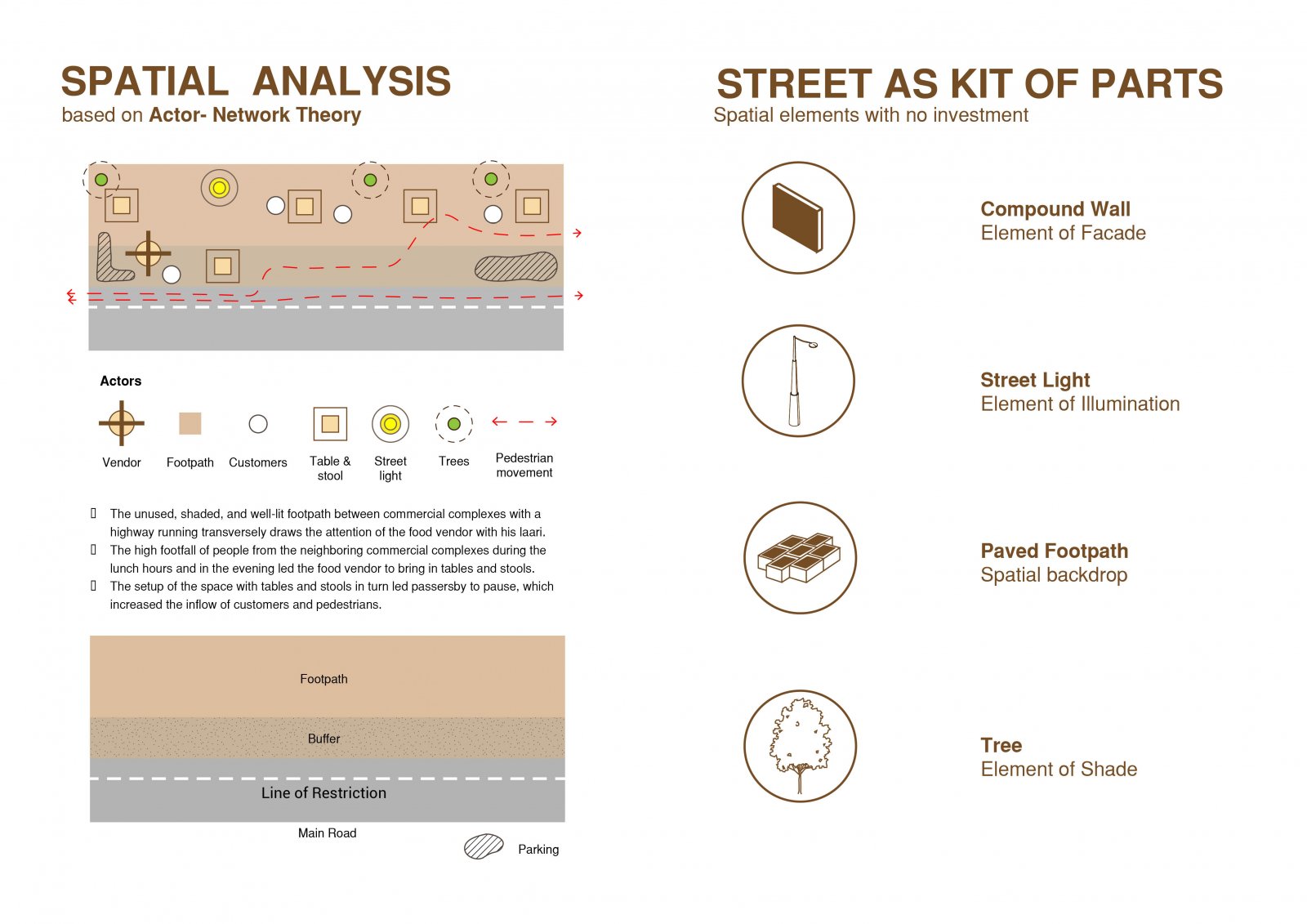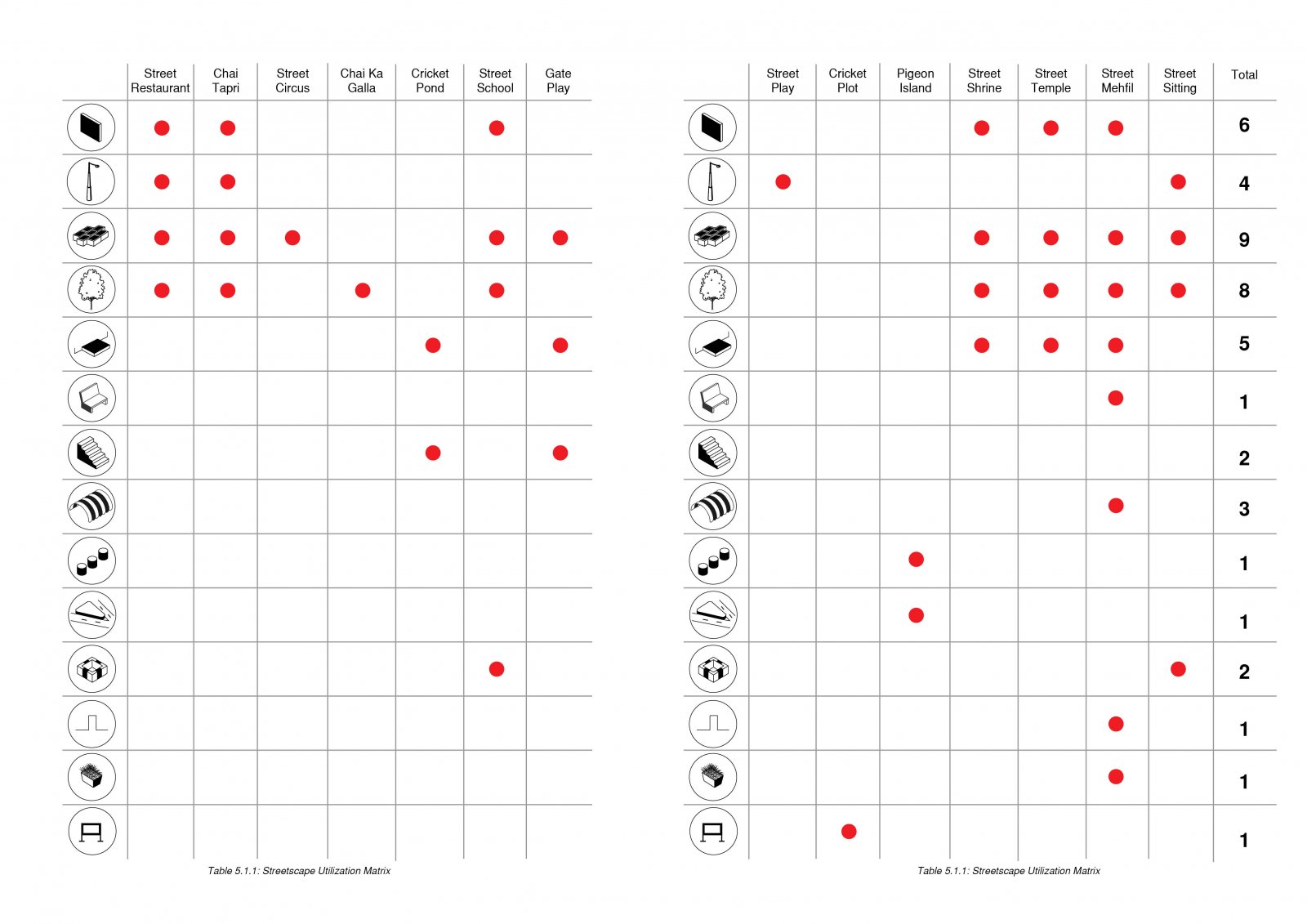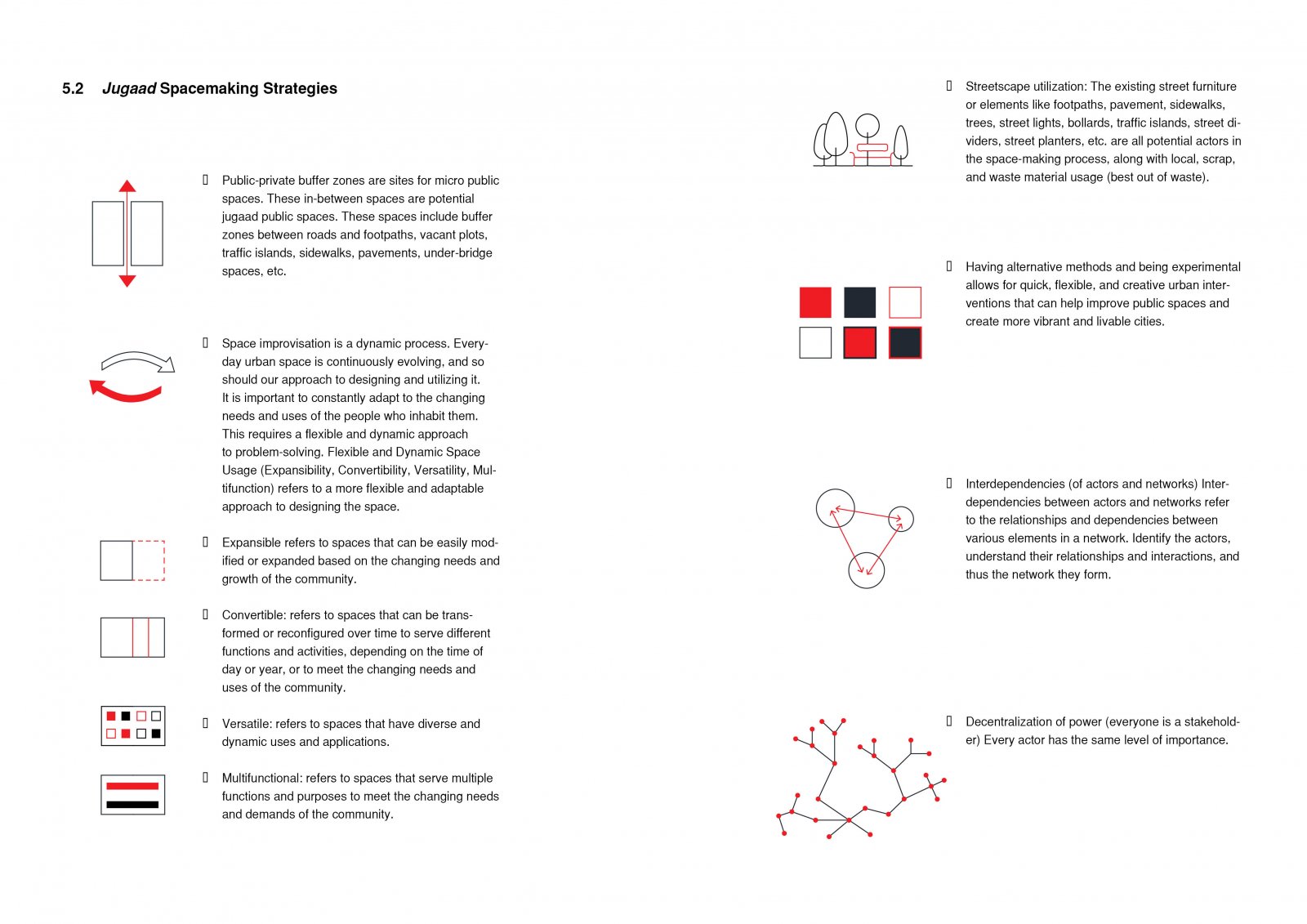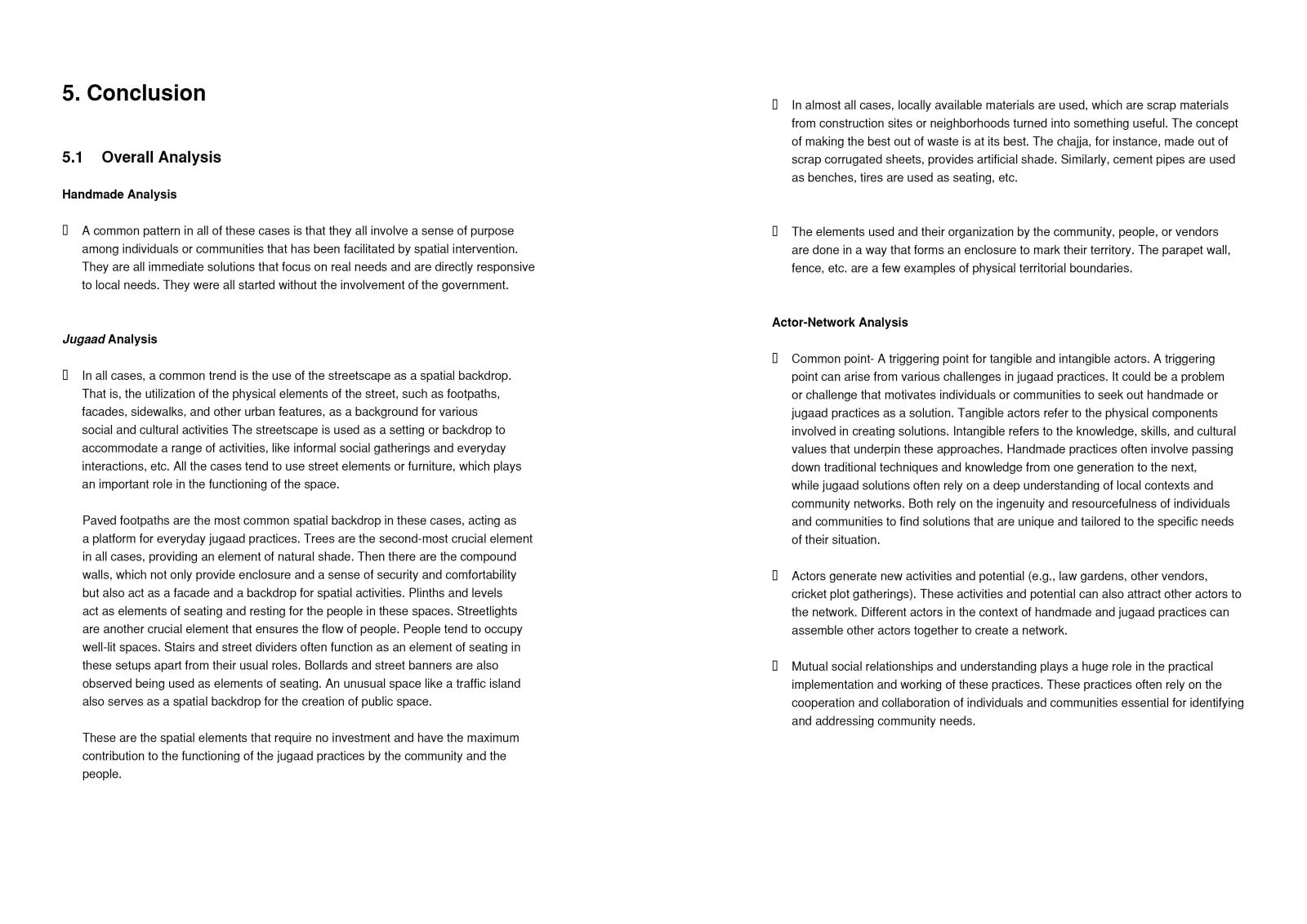Your browser is out-of-date!
For a richer surfing experience on our website, please update your browser. Update my browser now!
For a richer surfing experience on our website, please update your browser. Update my browser now!
Cities today are complex and diverse, with a lot of vacant, dead, and abandoned public spaces. These spaces are frequently transformed into bustling and lively gathering places for people to meet, gather, and exchange commodities by the communities. As the human population grows and natural resources become scarcer, societies use and revitalize such spaces internally through jugaad practices. A large percentage of everyday public spaces in India are shaped and transformed by the community of their users, like us. The maidans, or open spaces used for cricket during the day, are transformed into wedding venues in the evening using very light building materials that are dismantled overnight without leaving a trace. Streets are transformed into places of celebration during festivals. Such everyday urban spaces are built through frugal means that, in many cases, evolve in an ad-hoc or jugaad manner. In understanding these strategies of public space-making lies the key to appreciating and designing the dynamic nature of Indian urbanity and the ability of cities and their spaces to transform. Hence, "handmade urbanism", a citizen-led approach to urbanization focusing on short-term, low-cost, scalable, temporary, or experimental programs or interventions. This research project aims to document, map, and analyze informal handmade urbanism strategies used in public places through case studies. The outcome of this would guide designers and non-designers to implement this approach across urban settings in India while also retaining its social character. This pilot study, which may be taken up by anybody interested, will draw on handmade space-making strategies for designers and non-designers for a tactical approach to problem-solving to examine these areas. This would also help qualify "jugaad" as a positive design approach in the everyday urban realm.

